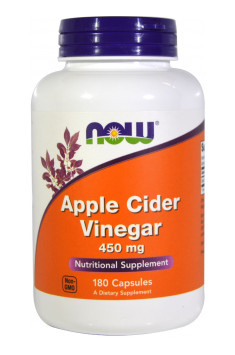Acid-alkaline balance is the maintenance of appropriate proportions in our body. Some products acidify the body, and those with basic properties lead to a safe balance. The superiority of one or the other is an unnatural condition for the body, so it’s important to keep in mind the balance and care for a balanced diet.
Appropriate proportions
The acid-alkaline balance is at pH 7.35-7.45. This is a very narrow range. It means that our diet should consist of 80% of the alkaline and neutral products, and 20% of the acidic products. This balanced diet will provide us with a sense of well-being and health. Product selection is key here, but we shouldn’t always trust our taste. Not all acid products have acidic properties. The best example is lemon, which is alkaline, and sweet sugar is one of the most acidic products. 
Why is acidification unhealthy?
Acidogenic food in the process of transformation produces a lot of acids in the body. Highly processed products, large amounts of meat and dairy products, without the right amount of vegetables and fruits, is a common route to acid-alkaline dysfunction. The mechanisms responsible for the pH of the body are quite challenging to metabolize more acidic compounds. Acidification of the body slows down metabolism, aggravates mood and can lead to many illnesses. Which products are particularly acidifying? We can divide them into three groups: high acidic (pH 5.9-5.0), medium acidic (6.9-6.0) and low acidic (up to 7.0).
Most acidifying products
Some products acidify our body very much and their daily appearance in our diet can be a disadvantage. We don’t find any vegetables among them, but we do find processed food and many other things such as: meat and sausages (especially pork), sugar and all products containing sugar, artificial sweeteners, sweets, wheat flour and all derivative products, white rice, cheese, black coffee , tea, cocoa and salt. This is a group of products with highly acidifying properties.
Products that have a pH 6.9-6.0 include fish, eggs, rye, brown rice, peanuts or beer. Slightly acidic: curd, spelt and spelt-like products, buckwheat, hazelnuts, cashew nuts and bran. There is no way to list all the acidic products, but the most important thing is to avoid those who are highly acidic and to make sure every meal is rich in vegetables. We will be able to balance out the ratio this way.






